 1-800-805-5783
1-800-805-5783 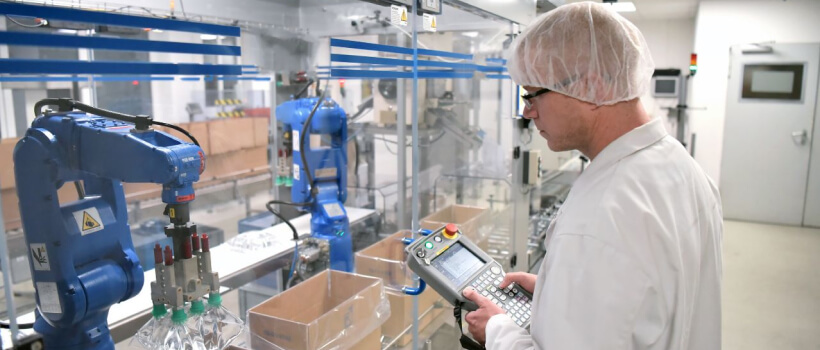
Technology makes incredible strides in transforming how medical professionals provide care and how patients receive it in the ever-changing healthcare scene. The application of robotics in healthcare is at the vanguard of this digital revolution, a game-changing development drastically transforming the medical industry.
Robotics has become a valuable tool for medical professionals with the promise to improve accuracy, expedite procedures, and even push the limits of what is possible in medicine.
Robotics in healthcare refers to integrating advanced medical robot technologies and systems into medical and healthcare settings to assist in various tasks, procedures, and functions related to patient care, diagnosis, treatment, and rehabilitation.
These medical robotic systems can range from simple automated tools to highly complex and sophisticated machines designed to work collaboratively with healthcare professionals or independently.
To optimize robotics’ significance in healthcare, continuous research and development must be prioritized, focusing on refining robotic technologies for excellent safety, interoperability, and user-friendliness.
Regulatory frameworks should be established to ensure ethical use and patient safety, while collaborations between engineers, healthcare professionals, and patients can drive innovations that address specific healthcare challenges effectively.
This article examines medical robots’ crucial place in contemporary medical designs and discusses their uses, advantages, and bright future for patients and medical professionals.
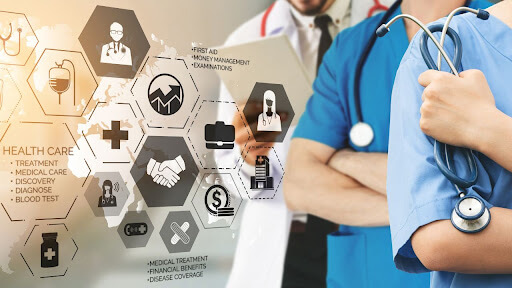
Optimizing robotics applications in healthcare involves leveraging robotic technology to enhance various aspects of medical care, improving efficiency, accuracy, and patient outcomes.
A. Enhanced Precision and Accuracy
B. Reduced Human Error and Risk
C. Improved Patient Outcomes
D. Increased Efficiency in Procedures
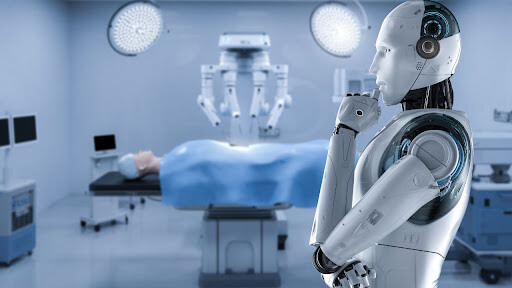
A. Initial Implementation Costs:
Initial Implementation Costs are the expenses associated with setting up and integrating an organization’s new system, technology, or process. These costs encompass investments in hardware, software, infrastructure, and any necessary adjustments to existing workflows. Optimizing for the keyword “Initial Implementation Costs.”
B. Training and Skill Development:
Training and Skill Development enhance individuals’ knowledge, competencies, and abilities to effectively carry out tasks and responsibilities. This often involves structured learning programs, workshops, and hands-on experiences to improve expertise. Optimizing for the keyword “Training and Skill Development.”
C. Ethical and Legal Concerns:
Ethical and Legal Concerns encompass the moral and legal considerations surrounding specific actions, technologies, or practices. It involves addressing potential dilemmas, conflicts, and compliance issues in various contexts, such as business, technology, or healthcare. Optimizing for the keyword “Ethical and Legal Concerns.”
D. Patient Acceptance and Trust:
Patient Acceptance and Trust refer to individuals’ willingness to embrace and rely on new medical treatments, technologies, or procedures. They encompass building confidence and support between healthcare providers, patients, and the innovations introduced to ensure successful adoption.
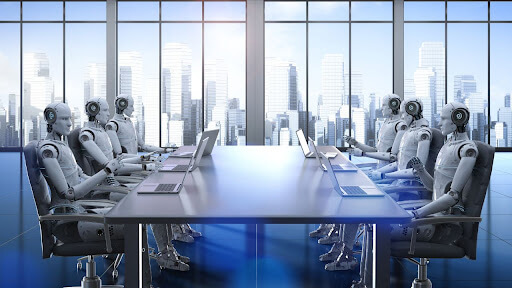
A. Artificial Intelligence in Robotic Healthcare:
Explore the seamless fusion of artificial intelligence and robotics in healthcare, revolutionizing patient care and medical procedures. Witness how AI-driven robots enhance diagnostics, surgical precision, and treatment effectiveness through advanced algorithms and machine learning.
B. Telemedicine and Remote Robotic Surgeries:
Delve into telemedicine and its cutting-edge application in remote robotic surgeries. Discover how surgeons operate across geographical boundaries using automated systems, leveraging real-time communication and high-tech interfaces to provide expert medical care to patients worldwide.
C. Personalized Treatment through Medical Robotics:
Embark on a journey into the world of personalized medicine powered by robotics. Uncover how Medical robot technologies are tailored to individual patient needs, optimizing treatment plans and procedures. Witness the convergence of medical data, AI, and robotics to deliver targeted and efficient healthcare solutions.
D. Integration with the Internet of Things (IoT) for Monitoring:
Discover the synergy between robotics and the IoT in healthcare monitoring. Learn how interconnected Medical robotic devices gather real-time patient data, enabling remote tracking and analysis. Witness how this integration enhances healthcare outcomes by facilitating timely interventions and data-driven decision-making.
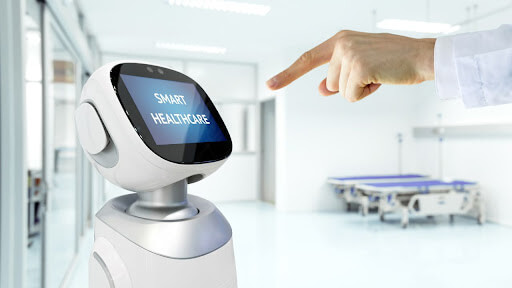
Japan: Japan is one of the leading countries in developing and using robotics in healthcare. In 2020, the Japanese government announced a plan to invest $10 billion in robotics research and development, focusing on healthcare. Examples of robotics in healthcare in Japan include:
Singapore: Singapore is another country at the forefront of robotics in healthcare. In 2018, the Singapore government announced a plan to invest $2 billion in robotics research and development, focusing on healthcare.
One of the most well-known examples of robotics in healthcare in Singapore is the Handle robot, which transports patients and equipment around hospitals.
The Handle robot can navigate autonomously and avoid obstacles, which can help to reduce the risk of accidents. Other examples of robotics in healthcare in Singapore include:
United States: The United States is also a significant player in healthcare robotics. In 2021, the US market for healthcare robotics was valued at $10.8 billion, and it is expected to reach $24.5 billion by 2028.
One of the most well-known examples of robotics in healthcare in the US is the Intuitive Surgical da Vinci Surgical System, which is used for minimally invasive surgery.
The da Vinci system has been used to perform over 7 million procedures worldwide, and it is estimated that it has saved the lives of over 1 million patients. Other examples of robotics in healthcare in the US include:
Here are some additional data and statistics about robotics in healthcare:
In conclusion, integrating Medical robots in healthcare marks a remarkable leap forward in medical technology. Through this blog, we’ve explored how robotics is transforming healthcare processes and patient outcomes. Robots are revolutionizing every facet of the healthcare industry, from surgical procedures and rehabilitation to diagnostics, medical devices, and patient care.
The prospects for robotics in healthcare are undeniably promising. We expect to see even more sophisticated and versatile Medical robotic systems as technology advances.
Miniaturization and enhanced precision will enable Medical robots to access previously inaccessible areas within the human body, leading to minimally invasive procedures with quicker recovery times.
Furthermore, the fusion of robotics with artificial intelligence (AI) will empower these machines to make real-time decisions based on vast amounts of patient data, contributing to more accurate diagnoses and personalized treatment plans.
Telemedicine, already on the rise, will see a boost through Medical robotics. Remote-controlled Medical robots could facilitate consultations, allowing doctors to interact with patients across great distances, ensuring timely care in emergencies, and bridging gaps in healthcare access.
The journey of Medical robotics in healthcare is an ongoing evolution. By embracing the opportunities presented by robotics while addressing the associated challenges, the healthcare industry can continue to advance, providing better care for all.
As we stand at the cusp of this transformative era, it’s clear that the synergy between human expertise and Medical robotic assistance will shape the future of healthcare in ways we can only begin to imagine.